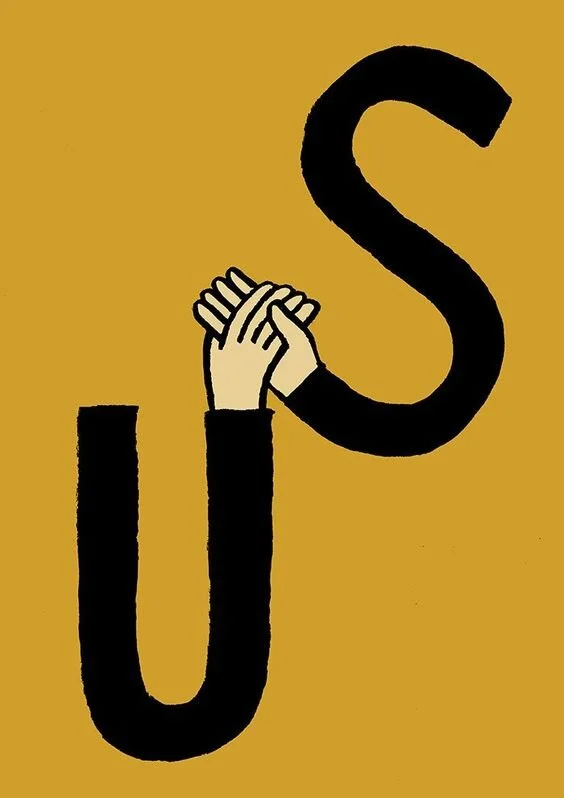How to build the best design team
Design is an individual practice.
Designers are judged on individual work constantly. I believe there is truly no wrong or right design, just not the right fit for the time. It’s tough to deal with critics as most of us are not trained to give constructive feedback. I believe that is the weakness of most businesses. Most creative decisions are based on personal preference and taste. This is not backed up by clarity of data or fact-driven decision making we see in our data-driven world today, which people are relying more and more heavily on.
The designs are based on the designers’ emotions and instinctive skills. This makes the work we produce so personal and there is a true sense of attachment. The design work is not right or wrong but if it’s the right fit for the business. As managers and colleagues, the importance of feedback on your teams’ work weighs heavier emotionally than in other areas of retail. We all know we think our work is amazing and you fall in love with it. This can get crushed quickly by other people’s feedback which can be devastating. We care and we do not want the designers to get to ‘I don’t care about the work’ as the quality of work will fall drastically.
This is where building a strong all rounded design team comes in. Like a sports team, when you have a great creative team that equals emotional support. Having the security blanket of your colleagues encourages the individuals to grow more creative skills and a sense of belonging. The knockbacks of your work are not as difficult to handle when you have your own team or the creative squad. They have your back and that gives you confidence.
The key to building a great team is to understand how you can complement individual skills and design together as a team. The must is to create a collaborative environment and not a competitive one. For designers, competitiveness comes naturally as that’s what we are taught at design school. We compete against each other for 3 years and then once again looking for jobs. This behaviour is drilled in so it’s important for the design team leads to change the attitude towards competitiveness to collaboration.
Have a clear story tell for the season. The team needs to have a common creative goal to work towards. Build an outline of the seasonal story and let the team colour it in with their individual creativity.
Build flexibility in creative skills. If you are creative, you need to be able to design across anything and everything. From graphics, prints to products. Build these skill sets across all discipline. Businesses more than ever wants the impossible from the creatives to do everything. Challenge your team and mix it up and build the base design skills so they can transfer into different design disciplines.
Feedback is the making or breaking of your team. Once you have the overall picture and the work doesn’t fit in (not right or wrong!). Don’t tell them it’s wrong. Coach them through the critic so they are able to self-critic first. Why do you think it doesn't work? What can we do? Let your teams learn and develop their creative thinking skills. Don’t crush their confidence. Build confidence and focus on their strength.
Personalise your leadership style for different team members. Understand the personality of your team and change your communication styles. Are they an introvert or extrovert? How do they like to work and want feedback? It’s the case of “I don’t want to be treated like how you want to be treated. Treat me like how I want to be treated”.
Leave your ego at the door. This applies to everyone on the team but especially to the design team leads. You design together. Create a working environment where junior levels can give you feedback on your work. We are all equals here.
The truth is that people who are making the final decisions most of the time do not come from a creative background. Therefore, they won’t be able to give the design team the feedback in the way you want to hear it or even reason why the design doesn’t work when you feel it’s so right. But once you have the design team with a rounded skillset and emotional intelligence of dealing with criticism. The team will thrive and get more creative at problem-solving and creating that winning design.
